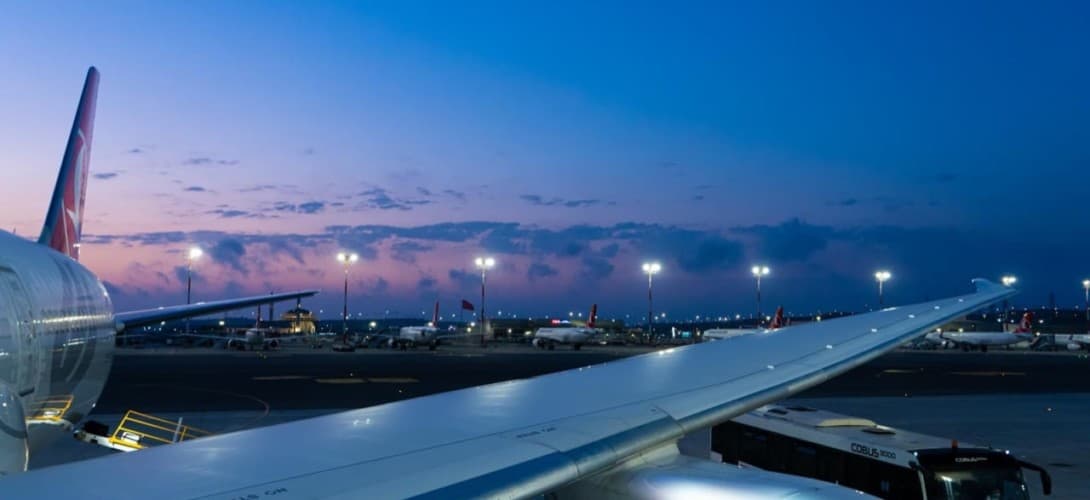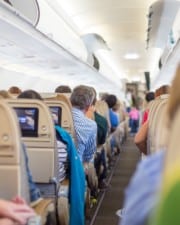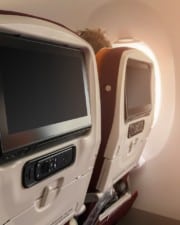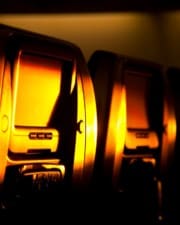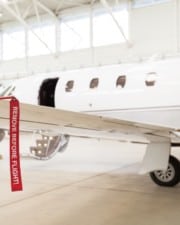If you’ve ever been to the airport during the early morning hours, you must have seen passengers coming out of the arrival terminal rubbing their red eyes and muttering to their fellow passengers about how terrible their flight was. They just got off the “red eye flight”. So where does that term originate?
Table of Contents
The term ‘red eye flight’ was coined for flights that took off from their origin airport in the late hours of the night and arrived at their destination in the early morning hours. It was named after the red eyes caused due to fatigue and lack of sleep. While red-eye flights can be disorienting and a nuisance to some passengers, they have their pros and cons.
History Of Red-Eye Flights
It is not clear when red-eye flights were introduced, as in the 1930s and 1940s airports and aircraft lacked the navigational capabilities to operate safely at night. The earliest records of red-eye flights date back to 1969 when American Airlines offered red-eye flights.
However, red-eye flights were truly pioneered by Delta Air Lines executives who had the idea of utilizing planes that would otherwise be standing idle at the airport and selling the seats for a cheaper cost. Since then, red-eye flights have been adopted by airlines and airports alike.
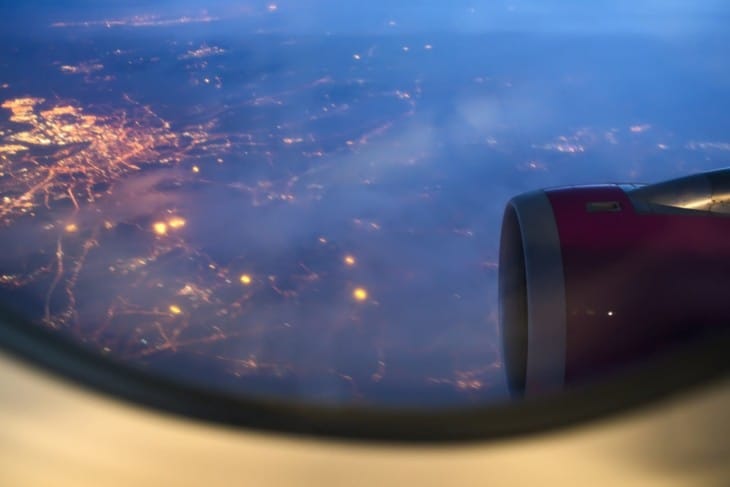
Airports use red-eye flights to divert the passenger stream away from peak operating hours. Airlines benefit from lower slot prices and jets that would typically be costing the airline money are instead used to generate valuable revenue for the airline.
Passengers benefit from reduced fares and lesser waiting times as not all passengers are willing to board red-eye flights. It has been claimed that red-eye flights are quite popular with business travelers as they tend to arrive early in the morning at their destination and depart later in the evening on the same day, thus saving them from paying for a hotel.
Examples of Red-Eye Flights
Red-eye flights are still very much popular outside the US, especially in the Far East and Asia region. This has to do with less strict airport curfew and noise constraints applied to most airports in these regions.
However, red-eye flights remain the norm for at least one leg of most European and US-based carriers. Following are some examples of red-eye flights that still operate:
- Turkish Airlines flies red-eye flights to Istanbul from Male, Maldives.
- Singapore Airlines operates red-eye flights to Singapore Changi from Male, Maldives.
- All 3 major US carriers operate red-eye flights that depart West Coast cities like San Francisco, Los Angeles, and Las Vegas late at night and arrive at their destinations on the East coast early in the morning.
- Middle Eastern carriers like Emirates and Qatar also regularly schedule red-eye flights to their destinations. One such example of a red-eye flight is Qatar’s flight from Doha to Karachi which reaches Karachi at 7:45 in the morning.
The Advantages of Red-Eye Flights

Following are some of the advantages of taking a red-eye flight to your destination:
- Comparatively, cheaper fares as compared to normal flights.
- Flights are less crowded.
- Shorter queues at passport control and boarding counters.
- Increased chances of getting a seat of your choice.
- More bin space in overhead lockers.
- Red-eye flights have a reduced tendency to be delayed as they depart before the morning rush hour.
- Luggage comes faster at the destination.
- Higher chances of an empty seat next to you.
- Business travelers can avoid losing an entire day in transit, thus saving on hotel accommodation. This is particularly useful if the traveling is being done on a tight budget.
Disadvantages of Red-Eye Flights
The following are some disadvantages to taking a red-eye flight to your destination:
- The prospect of sleeping next to a humming jet engine for the next few hours is not very pleasing to most passengers.
- Depending on the individual, he/she might be too jet lagged when they arrive at their destination, particularly if the flight was eastbound, as the body’s circadian rhythm gets disrupted.
- Fewer flight options as not all airlines offer red-eye flights.
- Traveling with kids on red-eye flights is not a very pleasing prospect.
- Bad for health if you are a frequent flier as red-eye flights have been linked to increased fatigue, heart risks, and depression. Red-eye flights have also been linked to weakened immune systems as well as slow metabolism levels.
How To Deal With Red-Eye Flights

There are some tips that passengers can use to lessen the effect of red-eye flights. Some of them are as follows:
- Avoid alcohol before or during red-eye flights as it dehydrates the body. Instead, drink water and juices to stay hydrated.
- Choosing the window seat during red-eye flights means there will be fewer disruptions caused by fellow passengers wanting to go to the restroom or just wanting to stretch their legs.
- Purchase a neck pillow or small travel pillow preferably with memory foam as it helps in preventing sprained necks and provides a bit of comfort while sleeping.
- Wear comfortable clothing plus compression socks, especially during long-range red-eye flights exceeding 5 hours. Compression socks help improve blood flow in the toes and prevent numbness.
- Avoid taking sleeping pills, rather try to maintain your sleep routine and skip the meal service. Or if possible, a few days before your flight, start acclimatizing your body to the time zone of your destination. This prevents fatigue and jet lag once you land at your destination.
- Invest in an eye mask. The best thing you can bring along on a red-eye flight is an eye mask that blocks out all light. This tricks the body into thinking that it is time to sleep.
- On long-range red-eye flights, noise-canceling headphones can be a lifesaver, particularly if you are seated right beside the engine or just behind the wing.
- If possible try to book the last flight out, this way you will be tired enough to fall directly to sleep rather than staying awake throughout the flight.
Do Red-Eye Flights Affect Passenger’s Health?
Yes, red-eye flights do affect passengers’ health. Research has shown that frequent travelers who travel via red-eye flights are at an increased risk of depression, heart diseases, and lower metabolism levels along with disturbed sleeping patterns due to the nature of red-eye flights.
The Future Of Red-Eye Flights
Looking ahead, it is evident that red-eye flights will always be adopted by airlines as airlines are profit-driven organizations that would prefer an aircraft flying a sector making money as compared to an aircraft sitting idle on the apron and being a liability for the airline.
As airlines start their recovery from the pandemic, red-eye flights are still present, however, the low fares that used to be offered by airlines are now a thing of the past.
For example, US airline JetBlue operates a transcontinental route from Seattle to New York City, which departs at 10 pm from Seattle and arrives in New York City at 5 am, is actually more expensive than the daytime flights offered by JetBlue.
References ▾
Related Posts
